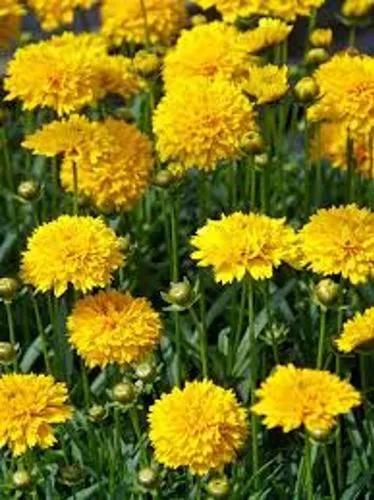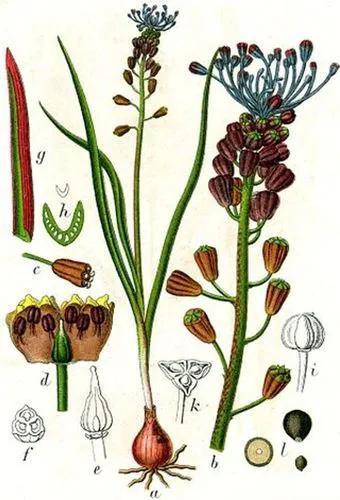A. speciosa is an erect, softly hairy, weedy, deciduous perennial with oblong to ovate, woolly, grey-green leaves and umbel-like cymes of purple-pink flowers in summer. Flowers are followed by large, pod-like, rough-hairy green fruit ripening brown, splitting when ripe to release numerous silky seeds.Native to:Central North America, Western North America
Showy Milkweed Care
Asclepias Speciosa



How to Care for the Plant

Water

These are moisture-loving perennials and do well in wet to moderately moist soil conditions.

Sunlight

It can grow in semi-shade (light woodland) or no shade.

Soil

Suitable for: light (sandy) and medium (loamy) soils and prefers well-drained soil. Suitable pH: acid, neutral and basic (alkaline) soils.

Additional

Although no specific reports have been seen for this species, many, if not all, members of this genus contain toxic resinoids, alkaloids and cardiac glycosides. They are usually avoided by grazing animals. One report says that the plant is considered poisonous in large quantities by some native North American Indian tribes

Popularity

392 people already have this plant 100 people have added this plant to their wishlists
Discover more plants with the list below
Popular articles






